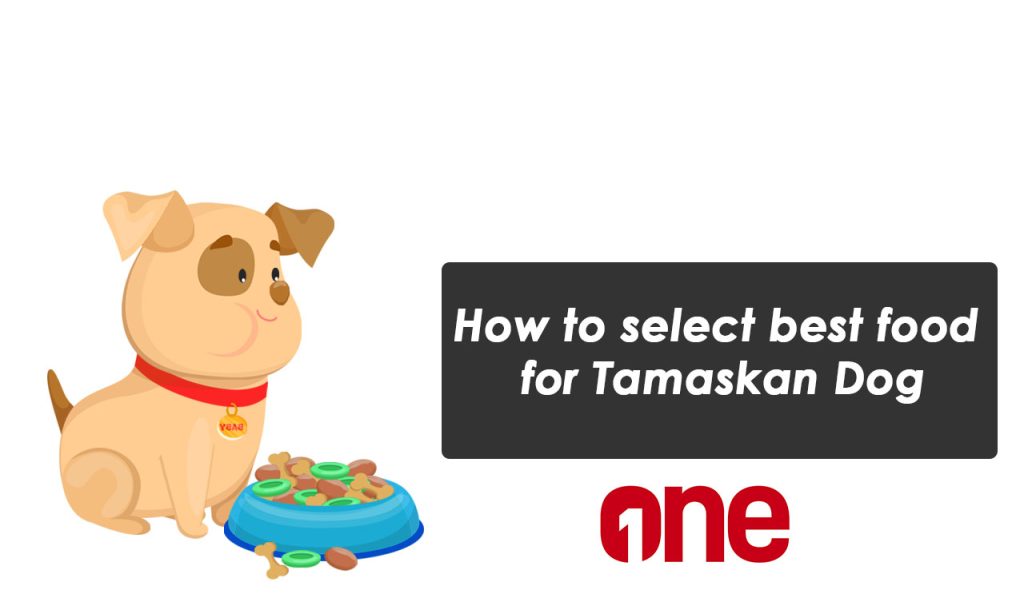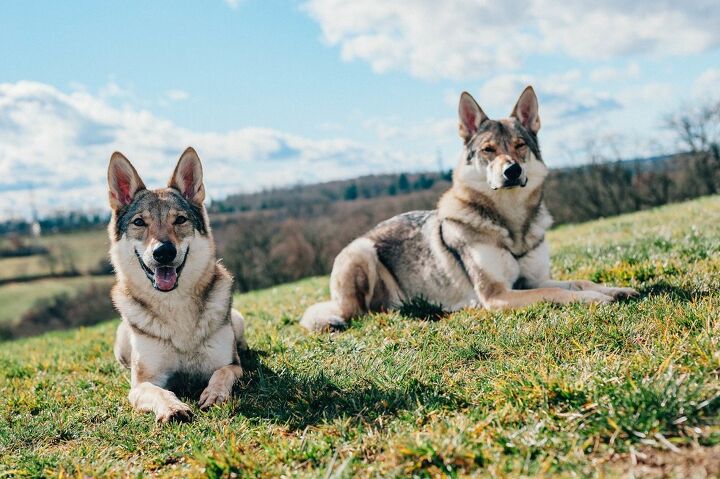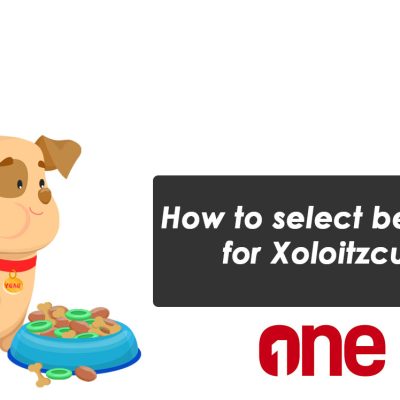
As the proud owner of a Tamaskan, you know that these magnificent dogs are a breed apart. With their striking resemblance to wolves and their loyal, intelligent nature, Tamaskans are the epitome of “wild at heart.” But even these majestic creatures require a diet that’s tailored to their unique needs. Fear not, pet parents! This guide will help you navigate the often-confusing world of canine cuisine and find the food that will keep your furry friend howling with joy.

Understanding Your Tamaskan’s Nutritional Needs
Before we dive into specific food recommendations, let’s talk about what makes your Tamaskan’s dietary needs unique. As a large breed with a high activity level, Tamaskans require a diet that provides plenty of energy-dense nutrients to support their active lifestyle and lean muscle mass.
Additionally, these dogs are known for their endurance and stamina, which means they need a diet that provides sustained energy throughout the day. And let’s not forget about their impressive coats – a balanced diet that supports healthy skin and a luscious, wolf-like mane is a must for these majestic beauties.
Choosing the Right Food Type
When it comes to dog food, you’ll find three main types: dry kibble, wet canned food, and fresh or raw diets. Here’s a quick rundown of each:
- Dry Kibble: Convenient and cost-effective, kibble is a popular choice for many pet owners. Look for high-quality kibble made with real meat as the first ingredient and minimal fillers or by-products.
- Wet Canned Food: If your Tamaskan is a picky eater or you want to add some extra moisture to their diet, canned food can be a tasty option. Just be mindful of the higher calorie content and potential dental issues from the soft texture.
- Fresh or Raw Diets: These diets, made with fresh or minimally processed ingredients, are becoming increasingly popular. They can be more expensive but may offer additional nutritional benefits. However, proper handling and storage are crucial to prevent bacterial contamination.
Reading Pet Food Labels Like a Pro
Now that you know the different food types, it’s time to decode those confusing pet food labels. Here are some key things to look for:
- Meat as the First Ingredient: Real, whole meat sources like chicken, beef, or fish should be listed as the first ingredient. Avoid vague terms like “meat by-products” or “animal derivatives.”
- Whole Grains and Vegetables: High-quality carbohydrates like brown rice, oats, and sweet potatoes provide fiber and energy.
- Healthy Fats: Look for ingredients like fish oil, flaxseed, or coconut oil, which provide essential fatty acids for a shiny coat and healthy skin.
- No Artificial Preservatives or Fillers: Steer clear of ingredients like BHA, BHT, propylene glycol, and corn or wheat gluten, which offer little nutritional value and may cause allergic reactions.
Age-Appropriate Nutrition
Just like humans, your Tamaskan’s nutritional needs will change as they grow from a puppy to an adult and eventually a senior dog. Here’s a quick overview of what to look for at each life stage:
- Puppy Food: Puppies need a diet higher in protein and calories to support their rapid growth and development. Look for puppy-specific formulas with ingredients like DHA for brain development.
- Adult Food: Once your Tamaskan reaches maturity (around 12-18 months), switch to an adult maintenance formula with appropriate protein and calorie levels to maintain their energy and muscle mass.
- Senior Food: As your furry friend enters their golden years (around 7-8 years old for Tamaskans), their metabolism slows down, and they may need a diet lower in calories and fat but higher in fiber to support digestive health.
Treats and Supplements
No discussion of pet nutrition would be complete without mentioning treats and supplements. While treats can be a great way to reward your Tamaskan or use for training, it’s important to keep them to 10% or less of their daily calorie intake to avoid weight gain.
As for supplements, some Tamaskans may benefit from additional support for their joints, skin, and coat, or digestion. However, it’s best to consult with your veterinarian before adding any supplements to your pup’s diet.
The Taste Test
At the end of the day, even the most nutritious food won’t do your Tamaskan any good if they refuse to eat it. That’s why it’s always a good idea to do a taste test before committing to a new food. Most pet stores will give you free samples, or you can purchase small bags of different brands to see which one your furry friend prefers.
And remember, switching to a new food should be done gradually over the course of a week or two to avoid any digestive upset. Trust me, you don’t want to experience the wrath of a Tamaskan with an upset stomach – it’s not pretty (just ask my backyard garden).
Conclusion
Choosing the right food for your Tamaskan may seem like a daunting task, but with a little knowledge and some trial and error, you’ll find the perfect diet to keep your pup happy, healthy, and full of energy. Remember to always consult with your veterinarian if you have any concerns or questions about your Tamaskan’s nutritional needs.
Now, go forth and conquer the pet food aisle with confidence, my fellow Tamaskan parents! And don’t forget to give your furry friend an extra belly rub and a treat (in moderation, of course) for being such a good sport.
FAQs
1. How often should I feed my Tamaskan? Most adult Tamaskans do best with two meals per day, spaced out evenly. Puppies and senior dogs may require more frequent, smaller meals to support their unique nutritional needs.
2. Can Tamaskans be vegetarian or vegan? While it’s possible to find vegetarian or vegan dog food formulas, these diets may not provide all the essential nutrients your Tamaskan needs, especially protein. It’s best to consult with your veterinarian before making such a significant dietary change.
3. How much water should my Tamaskan drink? Fresh, clean water should always be available for your Tamaskan. As a general guideline, they should drink about 1 ounce of water per pound of body weight per day.
4. Can I feed my Tamaskan human food? While it may be tempting to share your meals with your furry friend, many human foods can be harmful or even toxic to dogs. Stick to dog-safe treats and snacks, and consult with your veterinarian before introducing any new human foods to your Tamaskan’s diet.
5. How can I tell if my Tamaskan is overweight or underweight? A healthy Tamaskan should have a visible waistline when viewed from above and felt when running your hands along their sides. If you can’t feel their ribs or see a defined waist, they may be overweight. Conversely, if their ribs are protruding or their waist is exaggerated, they may be underweight. Your veterinarian can help assess your Tamaskan’s body condition and make dietary recommendations accordingly.






